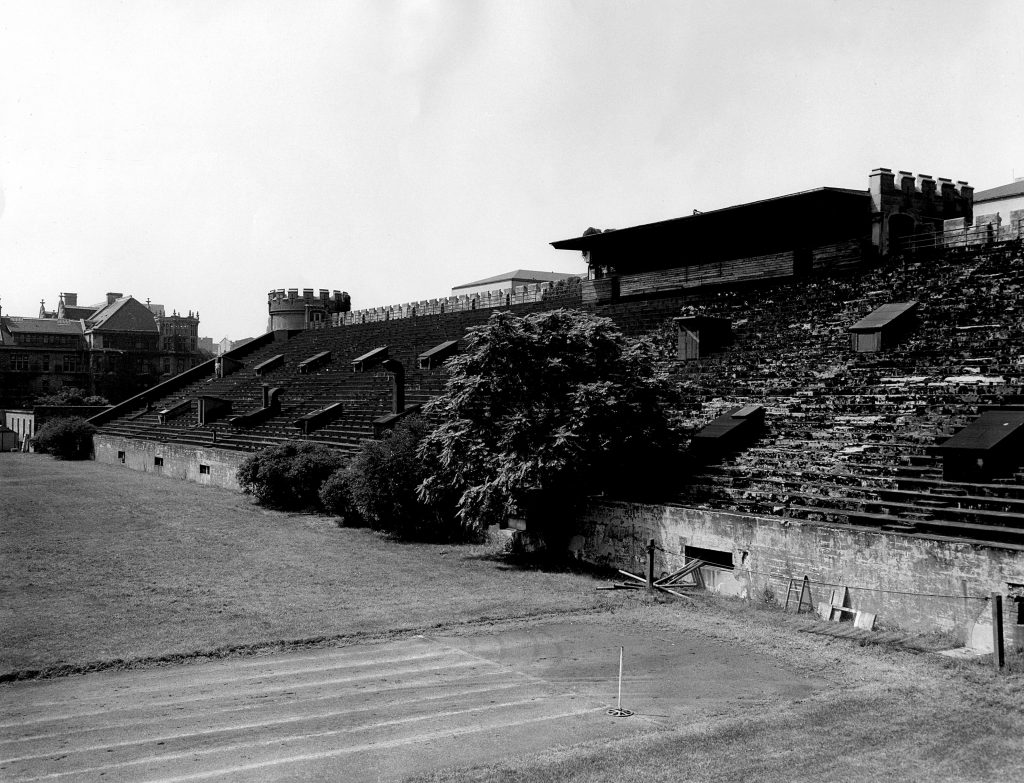Miriam P. Finkel was an associate biologist at the University of Chicago’s Metallurgical Laboratory (“Met Lab”) during the Manhattan Project.
According to Their Day in the Sun: Women of the Manhattan Project, Finkel got a job at Met Lab after following up a rumor from a friend about biologist jobs at the Met Lab. As an associate biologist, Finkel worked at Site B (“the brewery”).
At Site B, she researched the basic toxicity levels of radionuclides. Finkel and her co-workers were responsible for all short- and long-term animal studies on the toxic effects of radiation exposure. The animals had either been injected or treated with samples of radionuclides, including fission products, transuranic elements, and the first samples of produced plutonium.
Finkel also conducted studies on the chronic toxicity of radiostrontium. She published many of her findings and studies on fission products and transuranic in scientific reports and later journals.
She was one of ten women to sign the Szilard Petition, a document written by Leo Szilard to the President that tried to stop the United States from using the atomic bomb on Japan.
Early Years
Miriam Dorothy Posner was born on January 22, 1916 in Chicago, Illinois. She was the daughter of Russian immigrants. In 1938, she graduated from the University of Chicago with a B.S. in zoology.
While pursuing her Ph.D. in zoology at the University of Chicago, she also worked as a laboratory instructor at Wilson Junior College. She received her Ph.D. in 1944. During this period, she married Asher Joseph Finkel, a fellow student at the University.
Later Years
Following World War II, she became a senior biologist at Argonne National Laboratory outside of Chicago, Illinois. At Argonne, she continued researching radiobiology and the effects of radiation exposure on living creatures. For example, she was in charge of a program that tested the effects of internal emitters on mice.
According to Life Atomic: A History of Radioisotopes in Science and Medicine, in her study, Finkel noted how mice exposed to different doses of strontium-90 experienced different effects. While the anticipated effects of shortened lifespan and leukemia were observed, Finkel observed the mice exposed to the lowest doses did not show any of these harmful effects. Her interpretation was challenged by chemist Linus Pauling and other scientists.
At the age of eighty-three, Miriam P. Finkel died on August 20, 1999 in Tucson, Arizona.
Scientific Contributions
Finkel made contributions to the understanding of the biological effects of radiation. Using her knowledge and research, she helped develop health and safety standards in regards to radiation exposure.
Finkel also significantly contributed to the field of molecular biology. She was able to isolate the murine osteogenic sarcoma virus, also known as the Finkel-Biskis-Jenkins (FBJ) virus. This work was instrumental in future discoveries in viral-induced tumors. The breakthrough also provided the foundation for the FOS gene, a now universally used molecular biological tool.
For more information about Miriam (Posner) Finkel, please see the following references:
- IAEA/INIS: In memoriam for Finkel
- Their Day in the Sun: Women of the Manhattan Project by Ruth H. Howes and Caroline L. Herzenberg
- Argonne National Laboratory, 1946-96 by Jack M. Holl, Richard G. Hewlett, and Ruth R. Harris
- Life Atomic: A History of Radioisotopes in Science and Medicine by Angela N. H. Creager





